Louisiana ranks second to last in the U.S. in sports participation rates for girls (39%), behind only Mississippi, according to the National Survey of Children’s Health. Far more Louisiana boys (55%) participate in sports. A similar gender gap exists in Baton Rouge.
How Front Yard Bikes builds social trust
Ask Kids What They Want: Baton Rouge
Girls play sports and move their bodies less than boys
Families lack information about available sports programming in Baton Rouge
Sports offerings are only as good as the ability to market them. Families need to know how and when to register, costs to play, scholarship opportunities, locations of practices and games, and much more. We heard from parents who say they don’t have enough information about available sports programs, including costs.
Free play has all but disappeared in Baton Rouge
Very few children or parents we spoke with said children play outside on their own. That’s a shame. The loss of free play costs children opportunities to exercise creativity, set and achieve goals, learn interpersonal skills and develop a love of physical activity for its own sake. Baton Rouge is not unique.
Baton Rouge youth are socially isolated and struggling with mental health
Too few quality indoor play spaces exist in Baton Rouge, especially for children in low-income areas
Transportation is limited for children in Baton Rouge to access sports
East Baton Rouge Parish Schools offers magnet programs to retain students, but that has consequences for extracurricular activities: Thousands of students don’t attend schools near their homes and are transported right after school back to their homes. For many children, their only way home is the school bus, which can be a long ride across the parish.
Climate change is impacting how children play sports
Changes in the climate increasingly expose football players (and all athletes in outdoor sports) to higher temperatures and dangerous levels of humidity that surpass recommended safety thresholds. Not only football is being affected, of course. How, or if, children play sports and recreate outdoors continues to be impacted by climate change, and the challenges are not going away.
Distrust in government has contributed to the privatization of sports, leaving behind children who lack access
Many youth sports providers in the public and private sectors don’t communicate much with each other, in part due to distrust of each other. There is a belief by some that no intersection exists between people who strive to use sports as an economic engine and people who focus on providing affordable, quality access for all children. The divide between the haves and have-nots in youth sports within East Baton Rouge Parish resembles that in the educational environment.
Baton Rouge youth need more, better sports options
Washington, DC –– Not enough Baton Rouge children can access sports to enjoy the associated benefits, including notably lower participation rates among girls and children in North Baton Rouge, according to a report released today by the Aspen Institute’s Project Play initiative. “State of Play Baton Rouge” offers solutions on how to grow sports opportunities.

